|
While the stay-at-home orders are still in place throughout our watershed during the coronavirus global pandemic, the adventures and therapeutic opportunities provided by our natural resources have never been more important.
The Middle Susquehanna Riverkeeper Association is encouraging families to get outdoors (while maintaining proper social distancing) and then share their adventures with us via photos and poetry.
1 Comment
Photographer Joel Appleman was watching a Great Blue Heron at the Montour Preserve’s Lake Chillisquaque on April 6 when a second one flew in from his right side.
“It was flying pretty low, so I figured he was going to land,” Appleman said. “Sure enough, he did, and I was ready when it happened.” After witnessing a devastating January 1969 oil spill in California, Wisconsin senator Gaylord Nelson began an initiative to have college campuses provide teach-in demonstrations across the country.
He and other organizers chose April 22, 1970, a weekday halfway between Spring Break and final exams in the hopes it would draw the most possible attendance. The response to the first Earth Day was so positive from an environmental standpoint that it was the impetus behind the creation of the Environmental Protection Agency and numerous pieces of legislation, including the Clean Air Act, Endangered Species Act and National Environmental Education Act, among others. Get better acquainted with the Middle Susquehanna Riverkeeper Association board of directors, the stories behind their service with our organization and their takes on 50 years of Earth Days and how you can make a difference.
Noting their son’s burgeoning interest in art, Ken Hunter’s parents purchased him a paint-by-numbers set.
“I turned the box over and started sketching my own design,” he remembers. “I never did use the numbers side.” The Middle Susquehanna Riverkeeper Association has developed a new app-based program for anglers to share images of the fish they catch.
Using the app Water Reporter, people throughout the Middle Susquehanna watershed, which covers 24 counties and 11,000 square miles of land defined by the North and West branches of the Susquehanna River and the tributaries that feed into them, can share images of the fish they catch. Much of Janice Schreck’s enjoyment of last summer’s Middle Susquehanna Riverkeeper Floating Classroom series revolved around sharing the experience with her family.
“I know my grandkids were excited about going for a ride on a paddleboat,” she said. “I found the scenery beautiful and the crew very pleasant and helpful.” Anglers throughout the Middle Susquehanna Watershed -- running from where the Penns Creek enters the Susquehanna below Selinsgrove up through both the North and West branches of the river -- are encouraged to share photos of the fish they catch, and where they caught them.
In an effort to better chart any potential problem areas on the river or any of the tributaries that flow into it, the Middle Susquehanna Riverkeeper is asking everyone to share photos of any concerning spots or lesions and where the fish was caught using the Water Reporter app -- or to email them directly to the office. In another attempt to show how interconnected watersheds can be -- and how pollution can create a larger ripple effect -- check out this experiment using just a few cups, paper towels, water and food coloring!
Growing up on the Isle of Que near Selinsgrove along the Susquehanna River was very “Tom Sawyerish” for one of 121 people who have taken the online 2020 Susquehanna Survey so far.
“My brother and two cousins would spend every waking hour on the river fishing, catching crabs, swimming and treasure hunting at the ‘turn around,’ which is now the boat launch but was formerly a dump. I can’t remember doing anything but being on the river, and fortunately have been able to pass that along to my own kids.” |
AuthorsRiverkeeper John Zaktansky is an award-winning journalist and avid promoter of the outdoors who loves camping, kayaking, fishing and hunting with the family. Archives
July 2024
Topics |
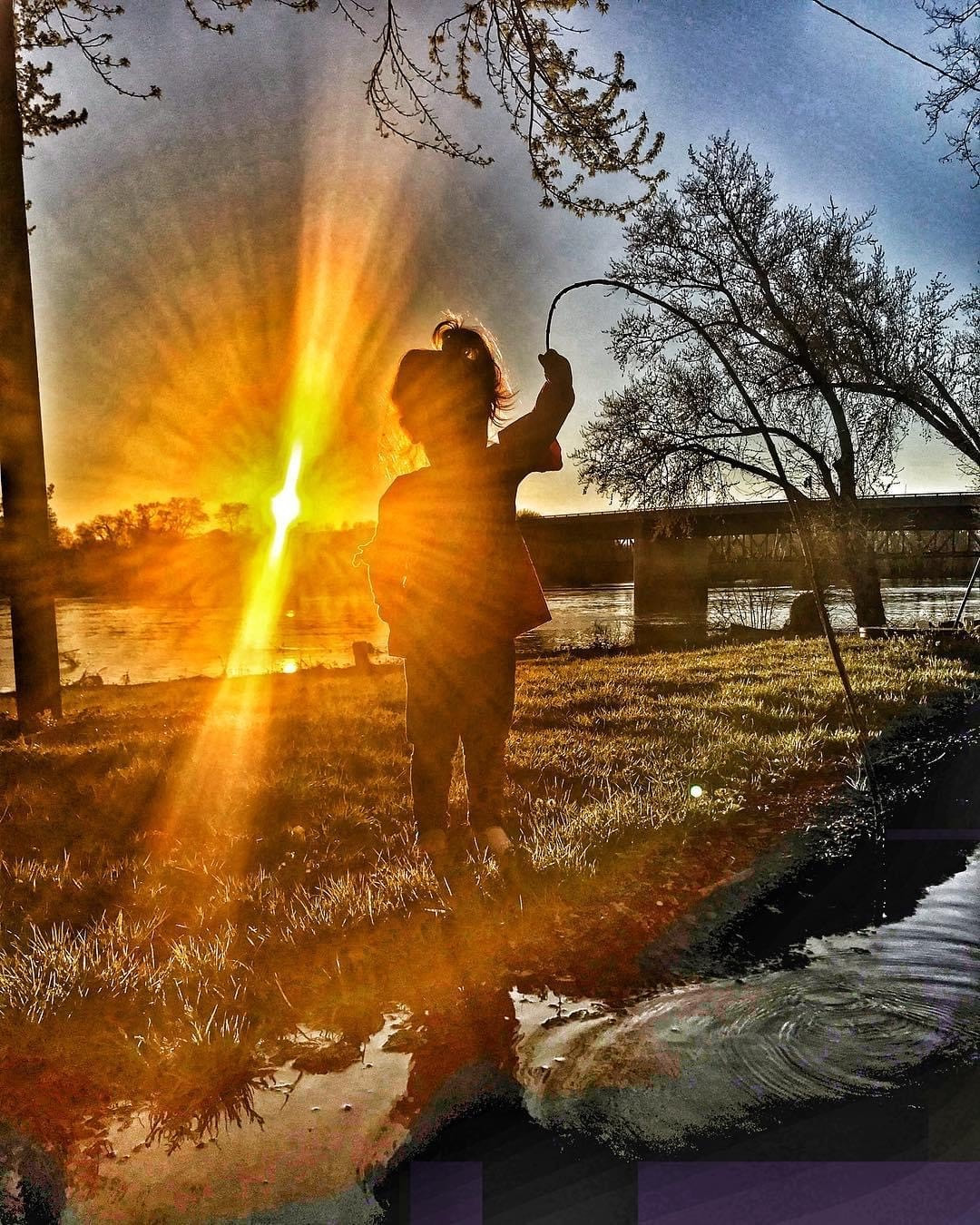

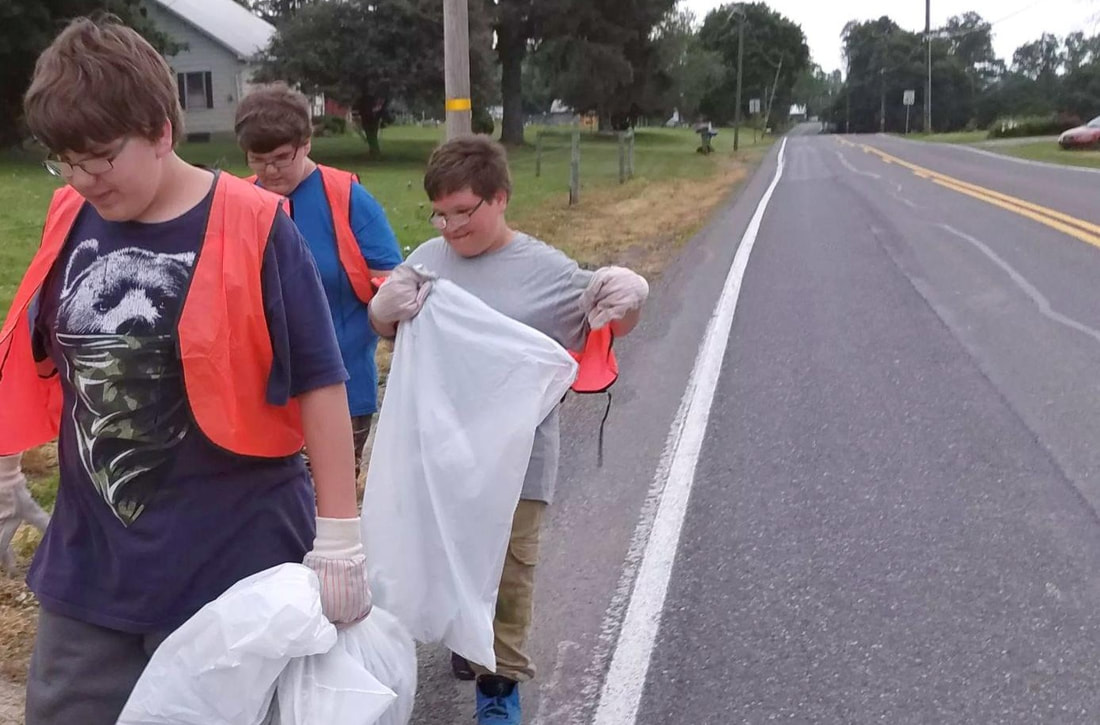
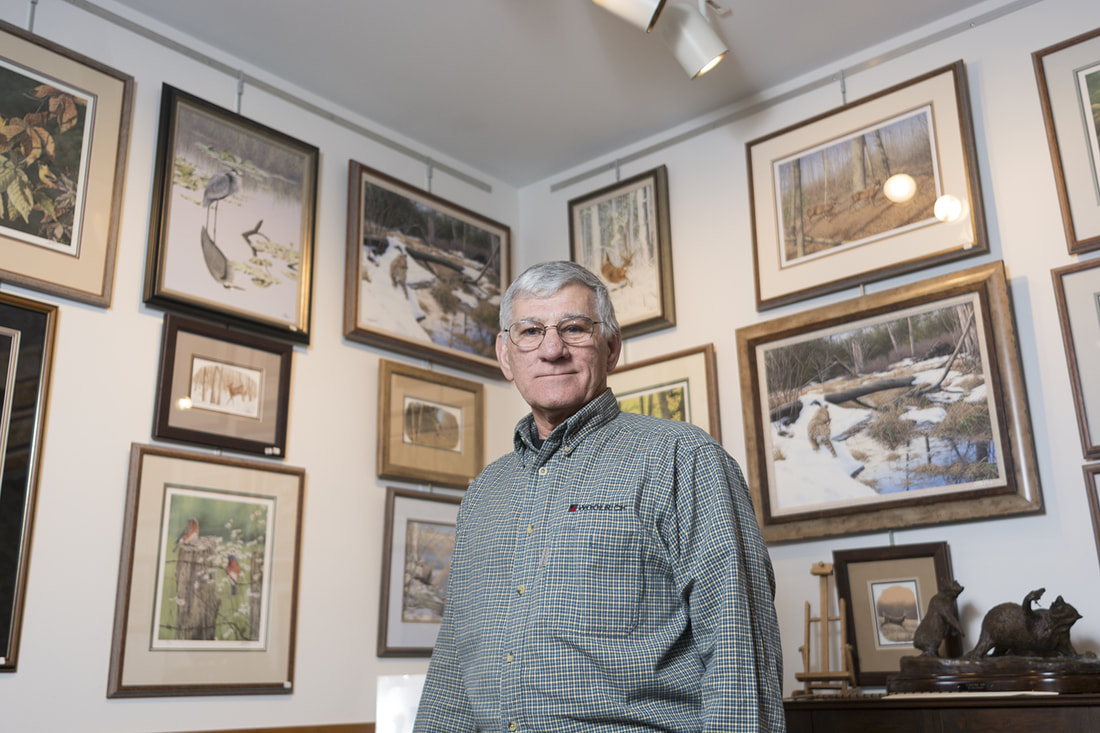
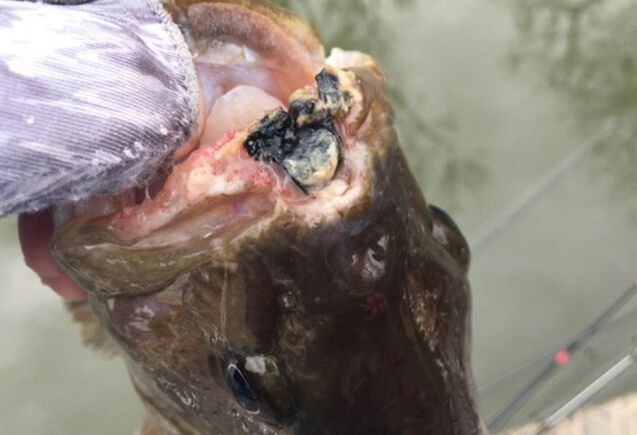

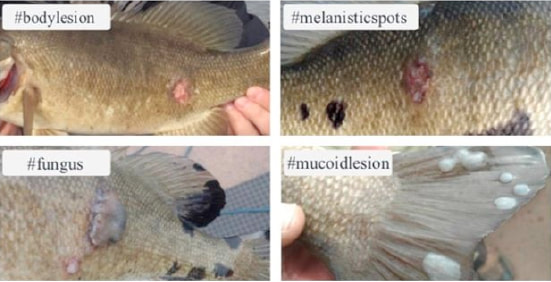
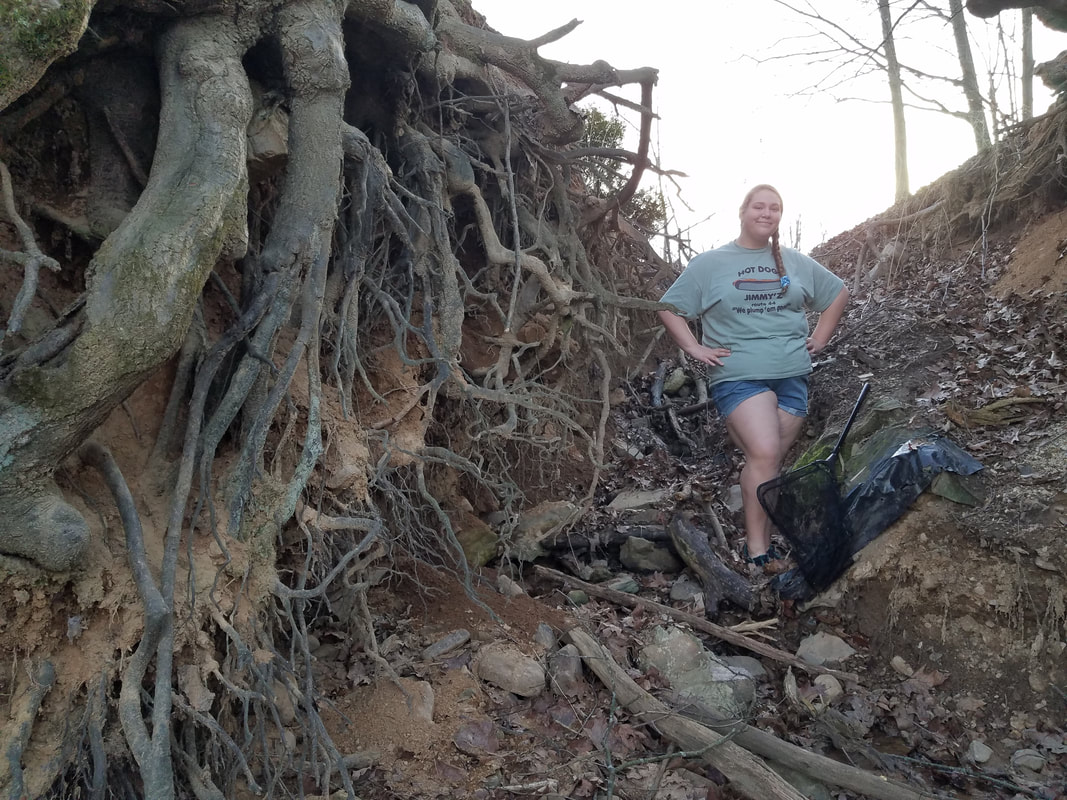
 RSS Feed
RSS Feed